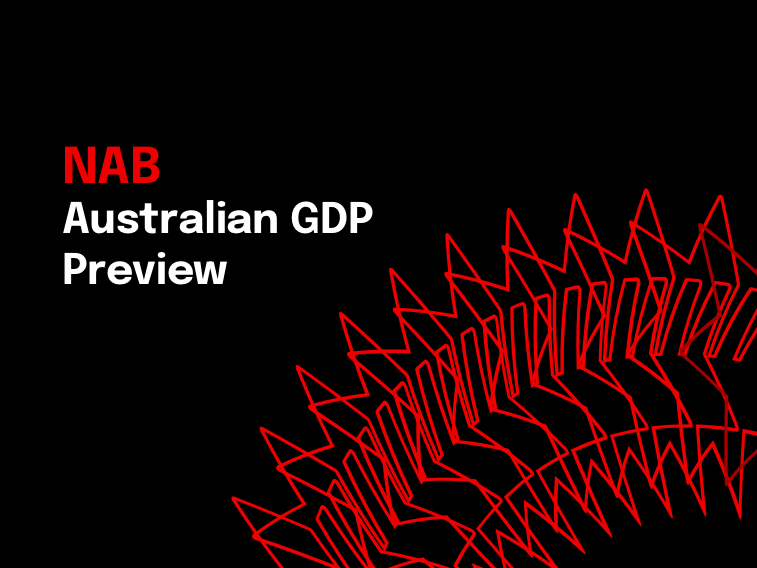A private sector improvement to support growth


Insight
Consumers gradually returning to the market, with China still reliant on industry.
For further details, please see China’s Economy at a Glance November 2020.
© National Australia Bank Limited. ABN 12 004 044 937 AFSL and Australian Credit Licence 230686.